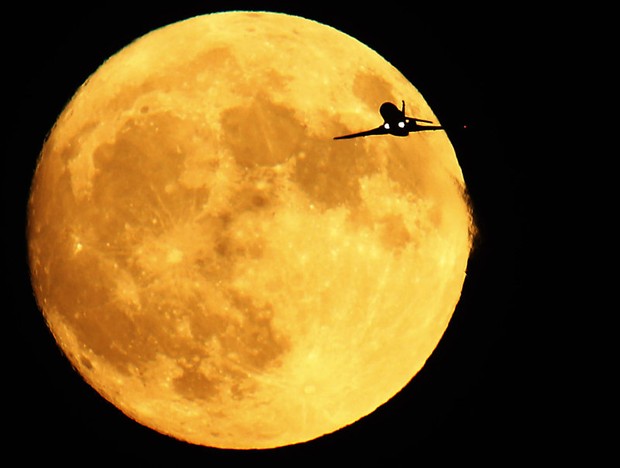
Wolf Moon supermoon to light up the night sky on New Year’s Day 2018.
The supermoon is a nickname of its own, referring to a full moon that appears larger and more luminous due to its increased proximity to the Earth. The wolf moon, however, refers to the first full moon of the new year, which so happens to fall on New Year’s Day this time around, according to NASA.
The second of a “supermoon trilogy” that began with a supermoon at this beginning of this month, the New Year’s supermoon should look about 14% bigger and 30% brighter than usual, the space agency reports. The final installment of the supermoon series will kick off on Jan. 31, which will be “extra special,” NASA says.
That’s because the Jan. 31 supermoon will coincide with a total lunar eclipse, which will give the moon a reddish glow due to the sunlight reflected by the Earth’s atmosphere. Another nickname will come into play here, as totally eclipsed moons are sometimes called “blood moons.”
But that’s not the only label of Jan. 31’s moon — that full moon also happens to be the second full moon of the month, an event that is often referred to as a “blue moon.” This means the 31st’s supermoon will be a “super blue blood” moon, according to NASA.
It may seem like the 31st’s moon is the lunar spectacle to keep your eyes on, but don’t forget about the one on New Year’s Day — it could be a great way to commemorate the start of 2018.
“The supermoons are a great opportunity for people to start looking at the Moon, not just that once but every chance they have!” said Noah Petro, a research scientist from NASA’s Goddard Space Flight Center, according to the space agency.













